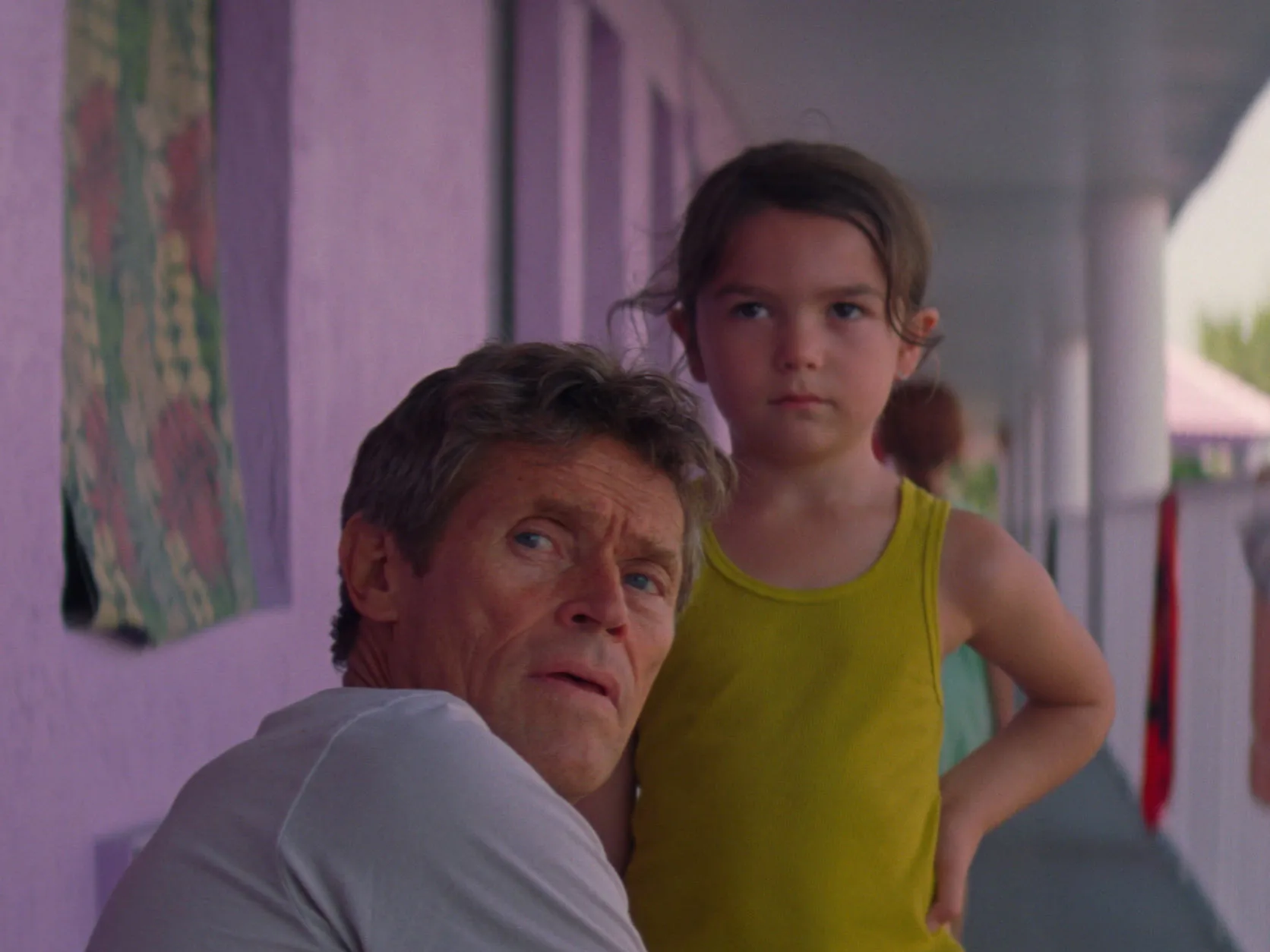Oftentimes, when visualizing award-winning performances, the first expressions that come to mind are exaggerated facial contortions accompanied by a booming voice, hysterical tears and the complete metamorphosis of an actor. In the A24 horror film “Pearl,” Mia Goth’s character, Pearl, expresses her disdain for her situation and her resentment toward her husband in a visceral monologue that hinges on intense displays of emotion. Jake Gyllenhaal has a similiar outburst of anger in “Prisoners” when his character, Detective Loki, destroys the items on his desk after a series of setbacks in a case overwhelm him.
Audiences for awards shows like the Oscars can expect dramatic performances to appear in the nominations list; after all, they are the blueprint for “good acting” in America. As entertaining and valuable as these dramatic forms of acting are, an underrated dimension of acting is the art of subtle expression. Replicating or even creating microexpressions from scratch requires simultaneous expression and repression of emotion, and is a balancing act. If the expression is too dramatic, the acting comes off as unrealistic and platitudinous. If the mode of expression is too understated, the audience may be unable to detect any emotion in the first place. The nuances in expression that precede more dramatic scenes make those scenes all the more compelling.
In “The Florida Project,” a film that depicts the lives of the poverty-stricken residents at the Magic Castle Inn & Suites on the outskirts of Disney World, subtle acting is key. The film is slow, and at times mundane, in order to match the pace of life of its characters. In a scene depicting a child predator hanging around the motel’s children, Willem Dafoe utilizes subtle acting in order to depict multiple emotions at once. His character, the manager at the inn, has a tough love relationship with its residents. On one hand, his job is to ensure that rent is paid on time and that the facilities are in fair condition; on the other, he cares about the children and their families.
Despite the behavior he exhibits externally, yelling at the children while speaking calmly with the child predator, he is enraged by the predator’s actions, and uses this calm facade to lead the predator away from the kids. He pats the man’s back, which on the surface appears to be a friendly gesture, but he continues to do this over and over as the scene progresses, indicating a growing frustration with the predator’s excuses. His tone is strained despite the amiability of his words. Whenever the predator looks back at the children, Dafoe pats his back more firmly to divert his attention elsewhere. As the dramatic tension crescendos, he ends up putting the predator in a headlock and kicking him out — a series of subtle acting choices culminate in a cathartic climax.
In Thomas Flight’s video essay, “In Praise of Subtle Performance,” Flight emphasizes that “good acting” does not always align with “the most acting.” He references the movie “Burning,” in which the main character, Jong-soo, is secretly in love with his childhood friend, Hae-mi. However, when Hae-mi goes on a trip abroad, she meets a wealthy man named Ben whom she is interested in. The movie blends elements of romance and thriller to create a gripping narrative. Flight specifically centers his attention on Steven Yeun’s precise and chilling performance as Ben.
In a scene where he encourages a drunk Hae-mi to dance, she waltzes around the room in a silly manner. As she dances, Ben flashes an expression of apathy and contempt for Hae-mi at Jong-soo, perhaps suggesting that Jong-soo should feel the same way toward her. A yawn and a jolt of his lips coupled with a raised eyebrow and an unsettling smile tie everything together, characterizing Ben as a conceited individual without him uttering a single word.
Flight also mentions that shock, grief and shame are some of the most difficult emotions for actors to portray successfully. He explains that these emotions are characterized by “involuntary” gestures, such as the slight twitch of an eye, a quick gasp for air or a quiver in the voice rather than “outbursts of emotion” or “simply staying still.”
Flight’s video, “In Praise of Subtle Cinematography,” explores the way films are able to economize an actor’s portrayal of emotion. He revisits different scenes in “Burning,” where Jong-soo and Hae-mi have conversations with one another. Scenes staged earlier in the movie use “shot reverse shots,” where each frame focuses on one character at a time. Close-up shots are employed to convey the closeness in their relationship. Later on, when Ben is introduced, Jong-soo and Hae-mi have another conversation. However, the audience understands that Ben is present in the scene, despite the wide shot solely depicting Jong-soo and Hae-mi. As a result, the ardor of the conversation between the characters is dismantled.
Subtle acting can heighten an emotion and shape an entire scene. It attempts to replicate rather than create, making the acting much more believable. Instead of harnessing as much emotion as possible and expressing it all at once, subtle acting represses emotion and budgets it throughout a scene or even an entire movie, allowing for a more memorable, impactful story to emerge.
















